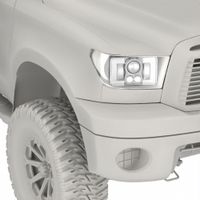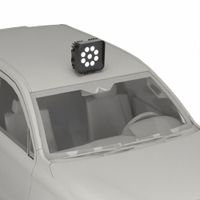- Home
- Fleet Vehicle Maintenance
- Vehicle Lighting
- Exterior Vehicle Lighting
Exterior Vehicle Lighting
Exterior vehicle lighting illuminates the road for drivers and alerts other motorists and pedestrians to moving work trucks, construction equipment, and emergency vehicles. Work lights mount to vehicles and equipment to brighten a work area. Beacons, strobes, and flashing warning lights mount to wor .....Read More
Frequently Asked Questions
What are the different types of exterior vehicle lighting?
How do work lights differ from headlights and fog lights?
What is the purpose of beacons, strobes, and flashing warning lights on vehicles?
How do light bars enhance vehicle visibility in traffic?
Why are stop, turn, and tail lights important for vehicle safety?
What role do clearance, marker, and directional lights play in vehicle operation?
How do emergency vehicle lights alert motorists of their presence?







